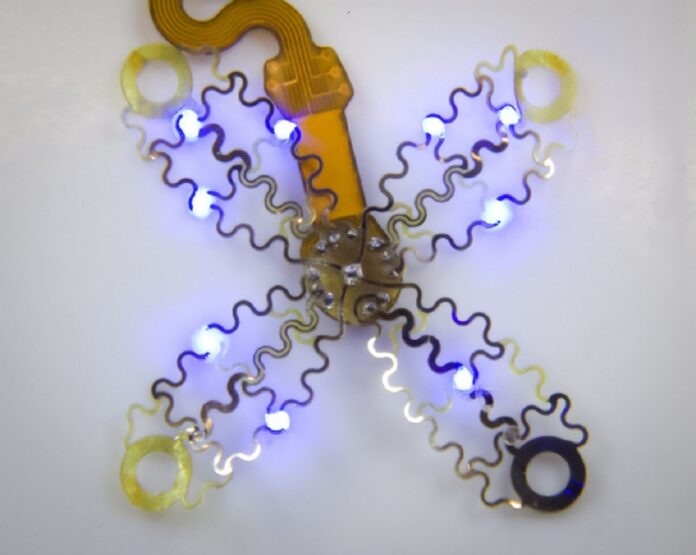Heart disease affects millions worldwide, leading to significant mortality rates and a decreased quality of life. Pacemakers have been instrumental in managing heart rhythm abnormalities and restoring cardiac function.
However, traditional pacemakers rely on batteries that require replacement surgeries, which pose risks and inconveniences for patients. The recent development of a battery-free, light-powered pacemaker represents a groundbreaking innovation in the field.
This cutting-edge device has the potential to revolutionize cardiology by eliminating the need for battery replacements and significantly improving the lives of heart disease patients. In this article, we explore this innovative pacemaker’s features, benefits, and implications, highlighting its immense potential to enhance the quality of life for those affected by heart disease.
Atrial fibrillation, a common irregular heartbeat, significantly impacts healthcare systems worldwide, resulting in numerous hospitalizations and deaths annually. Pacemakers are essential for managing heart conditions like atrial fibrillation, but their implantation can be invasive and painful. Additionally, pacemakers have limitations in treating certain types of diseases.
However, a team of researchers led by Philipp Gutruf at the University of Arizona has developed a wireless and battery-free pacemaker that offers a less invasive implantation procedure and reduces patient discomfort. Their study, published in Science Advances, provides insights into the functioning of this innovative pacemaker.
Unlike current models, this pacemaker utilizes wireless technology. It does not require leads with hooks or screws implanted into the heart. Instead, it uses sensors to detect irregularities and delivers electrical shocks to reset the heart’s rhythm when needed.
Gutruf said, “All of the cells inside the heart get hit at once, including the pain receptors, making pacing or defibrillation painful. It affects the heart muscle as a whole.”
Gutruf’s team has developed a novel pacemaker device that is yet to be tested in humans. This innovative device utilizes a digitally manufactured mesh design, enabling the pacemaker to deliver highly targeted signals to the heart.
It incorporates optogenetics, a technique that modifies light-sensitive cells, specifically cardiomyocytes responsible for heart contractions. The pacemaker can bypass the heart’s pain receptors by targeting these cells, reducing patient discomfort.
It also allows the pacemaker to respond more appropriately to irregularities, such as synchronizing the upper and lower chambers during atrial fibrillation. The technology can improve effectiveness and reduce the pain associated with defibrillation. Researchers believe this advancement could greatly benefit patients worldwide and contribute to a deeper understanding and improved treatment of heart disease.
A new type of pacemaker has been developed, consisting of flexible, petal-like structures made of thin, flexible film that encompasses the heart. This innovative device uses light and optogenetics to modify and affect the behavior of light-sensitive cells in the heart. Unlike traditional pacemakers, this model allows for more sophisticated pacing algorithms and continuous recording capabilities, even during defibrillation.
It eliminates the need for a battery, reducing the frequency of battery replacements. The device has shown successful results in animal models. It has the potential to improve the quality of life for patients significantly. The research was a collaboration between Gutruf’s team and researchers at Northwestern University.
In conclusion, the wireless, fully implantable cardiac stimulation and recording with on-device computation for closed-loop pacing and defibrillation is a promising new technology that can revolutionize the treatment of heart arrhythmias and heart failure.
The platform is still in the early stages of development. However, it can potentially revolutionize the treatment of heart arrhythmias and heart failure. With further research and development, this technology could provide a more effective and less invasive treatment option for patients with these conditions.
Journal Reference:
- Ausra, J., Madrid, M., Yin,etal. Wireless, fully implantable cardiac stimulation and recording with on-device computation for closed-loop pacing and defibrillation. Science Advances. DOI: 10.1126/sciadv.abq7469
